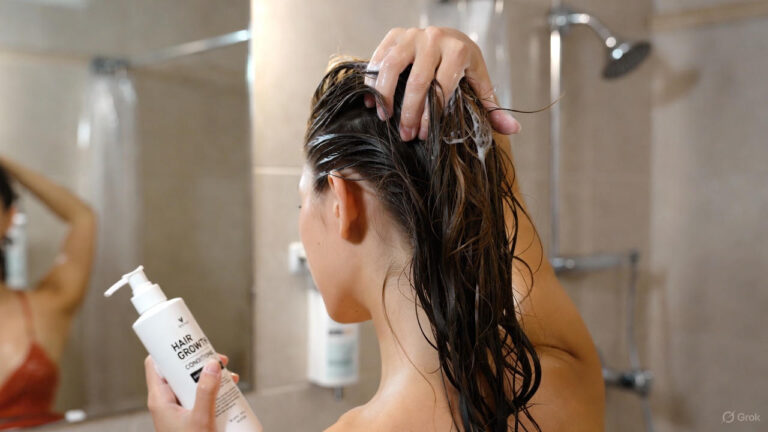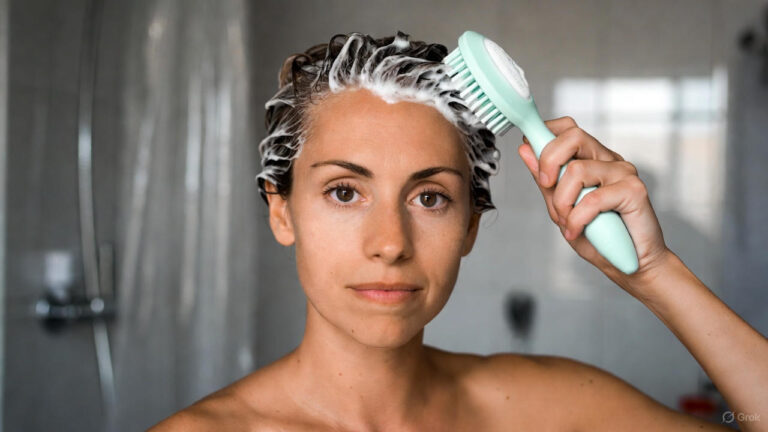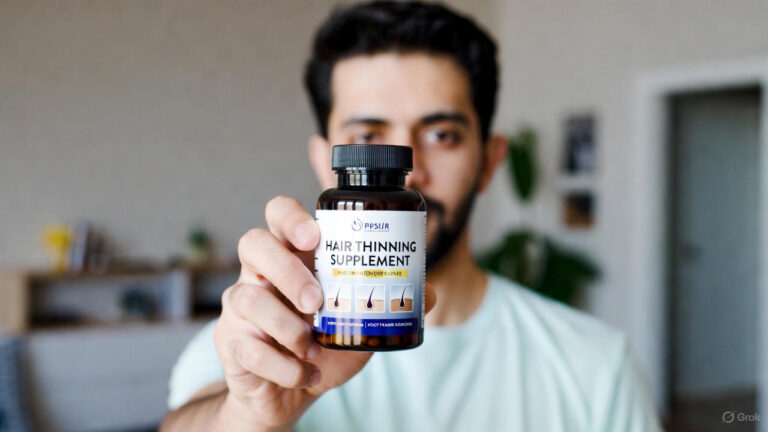Heat styling tools like flat irons, curling wands, and blow dryers have become indispensable for many. However, frequent use of these tools can take a toll on your hair, leaving it dry, brittle, and prone to breakage. This is where the best hair heat protectants come in.
These products form a protective barrier between your hair and the heat, minimizing damage and keeping your hair healthy and vibrant. But with countless options available, how do you choose the right one for your styling routine?
In this comprehensive guide, we’ll explore everything you need to know about hair heat protectants, from understanding their ingredients to selecting the best product for your hair type and styling needs.
Understanding Hair Heat Protectants
Hair heat protectants are specially formulated products designed to shield your hair from the damaging effects of heat styling tools. They typically contain ingredients that coat the hair shaft, creating a barrier that helps to lock in moisture and prevent heat from penetrating the hair cuticle.
Some heat protectants also contain ingredients that offer additional benefits, such as hydration, shine enhancement, and frizz control.
Factors to Consider When Choosing a Hair Heat Protectant
Hair Type
One of the most important factors to consider when choosing a hair heat protectant is your hair type. Different products are formulated to address the specific needs of various hair textures, from fine and straight to thick and curly.
For example, individuals with fine hair may prefer lightweight, aerosol-based protectants that won’t weigh down their strands, while those with thick, curly hair may benefit from richer, cream or serum-based formulas that provide extra hydration and control.
Heat Styling Routine
Your heat styling routine also plays a crucial role in determining the right heat protectant for you. If you frequently use high-heat styling tools like flat irons or curling wands, you’ll want a heat protectant with a higher heat protection level to withstand intense temperatures. On the other hand, if you primarily use lower heat settings or air dry your hair before styling, a lighter formula may be sufficient.
Ingredients
When selecting a hair heat protectant, it’s essential to pay attention to the ingredients list. Look for products that contain heat-activated polymers, silicones, or oils, which form a protective barrier around the hair shaft and help minimize heat damage.
Avoid products that contain alcohol or other drying ingredients, as these can strip the hair of moisture and exacerbate damage.
Additional Benefits
In addition to heat protection, many hair heat protectants offer additional benefits such as hydration, shine enhancement, and frizz control.
Consider your hair’s specific needs and look for a product that addresses those concerns while providing heat protection. For example, if you struggle with frizz, opt for a protectant that contains soothing ingredients like argan oil or shea butter.
Compatibility with Styling Products
It’s essential to consider how your chosen heat protectant will interact with other styling products in your routine. If you use leave-in conditioners, serums, or styling creams, make sure that your heat protectant is compatible with these products and won’t cause buildup or weigh down your hair.
Conclusion
Choosing the right hair heat protectant is essential for maintaining healthy, vibrant hair while enjoying the convenience of heat styling tools. By considering factors such as your hair type, heat styling routine, ingredients, additional benefits, and compatibility with other styling products, you can select a protectant that meets your specific needs and keeps your hair looking their best. With the right heat protectant in your arsenal, you can enjoy beautiful, damage-free hair, no matter how often you reach for your favorite styling tools.
FAQs
Q1: Can I use a hair heat protectant on wet hair?
It’s best to apply heat protectant to dry or damp hair before using heat styling tools. Applying it to wet hair can dilute the product and make it less effective at protecting your hair from heat damage.
Q2: How much heat protectant should I use?
The amount of heat protectant you use will depend on your hair length and thickness. Start with a small amount, and gradually increase if needed. Focus on applying the product evenly throughout your hair, paying extra attention to the ends, which are most prone to damage.
Q3: Can I use a heat protectant every day?
Yes, you can use a heat protectant every time you heat style your hair. However, it’s essential to use it in moderation and not rely solely on heat styling tools for your everyday hairstyles. Using heat-free styling techniques and giving your hair occasional breaks from heat styling can help minimize damage in the long run.
Q4: Are there natural alternatives to commercial heat protectants?
Yes, there are natural alternatives to commercial heat protectants, such as argan oil, coconut oil, and shea butter. These natural oils can help moisturize and protect your hair from heat damage, although they may not offer the same level of heat protection as commercial products.
Q5: Can I use a heat protectant on synthetic hair extensions?
Yes, you can use a heat protectant on synthetic hair extensions. However, it’s essential to choose a heat protectant specifically formulated for synthetic hair, as traditional heat protectants may contain ingredients that can damage synthetic fibers. Be sure to follow the manufacturer’s instructions for applying the product to ensure optimal results and prevent damage to your extensions.



